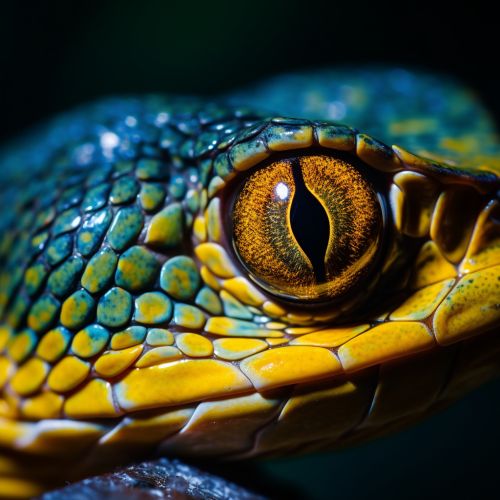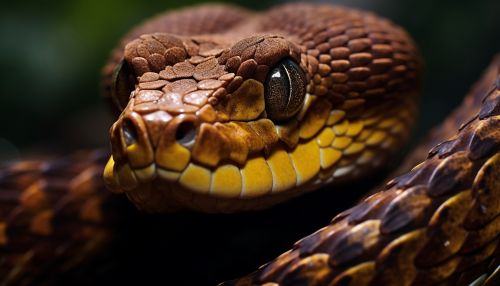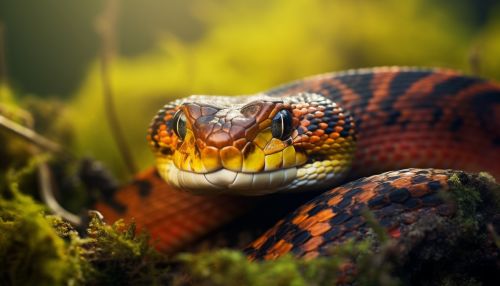Snake
Taxonomy and Evolution
Snakes are elongated, legless, carnivorous reptiles of the suborder Serpentes. Like all other squamates, snakes are ectothermic, amniote vertebrates covered in overlapping scales. Many species of snakes have skulls with several more joints than their lizard ancestors, enabling them to swallow prey much larger than their heads with their highly mobile jaws. To accommodate their narrow bodies, snakes' paired organs (such as kidneys) appear one in front of the other instead of side by side, and most have only one functional lung.


The fossil record of snakes is relatively poor because snake skeletons are typically small and fragile making fossilization uncommon. Fossils readily identifiable as snakes (though often retaining hind limbs) first appear in the fossil record during the Cretaceous period. The earliest known true snake fossils (members of the crown group Serpentes) come from the marine simoliophiids, the oldest of which is the Late Cretaceous Haasiophis terrasanctus, dated to between 112 and 94 million years old.
Anatomy and Morphology
Snakes are a highly diverse group of reptiles with a range of morphological characteristics. They range in size from the tiny, 10.4 cm-long Barbados threadsnake to the reticulated python of up to 6.95 meters (22.8 ft) in length. The fossil species Titanoboa cerrejonensis was 12.8 meters (42 ft) long. Snakes are thought to have evolved from either burrowing or aquatic reptiles, perhaps during the Jurassic period, with the earliest known fossils dating to between 143 and 167 Ma ago.
Most species are nonvenomous and those that have venom use it primarily to kill and subdue prey rather than for self-defense. Some possess venom potent enough to cause painful injury or death to humans. Nonvenomous snakes either swallow prey alive or kill by constriction.
Behavior
The behavior of snakes and their means of locomotion are largely a function of their morphology. Snakes move in a variety of ways, most commonly by lateral undulation. Other, less common, forms of locomotion include sidewinding, concertina movement, and rectilinear movement. Some species, such as the spiny-tailed snake, Acanthophis antarcticus, and the sidewinder rattlesnake, Crotalus cerastes, are capable of sidewinding – a rapid form of locomotion that is unique to snakes. Some snakes, particularly those in the family Boidae, are capable of a type of locomotion known as 'concertina' movement, which allows them to move through tight spaces.


Reproduction
Snakes are predominantly oviparous, laying eggs that they abandon shortly after laying. However, a few species are ovoviviparous or viviparous. Ovoviviparous snakes, like the boa constrictor and green anaconda, give birth to live young, which emerge from their eggs inside their mother's body. Viviparous snakes, like the garter snake and adder, give birth to live young without the use of eggs. In these species, the young are nourished by a placenta and yolk sac, something relatively rare among reptiles, or by egg yolk.
Conservation
Many species of snakes are currently threatened by habitat destruction, climate change, and direct persecution. Snakes are often killed due to fear or misunderstanding, and are also often subject to persecution as pests. Some species are also threatened by over-collection for the pet trade. Conservation efforts for snakes are complicated by human fear and misunderstanding of these animals, but education and outreach programs are making strides in improving public perception of snakes.
